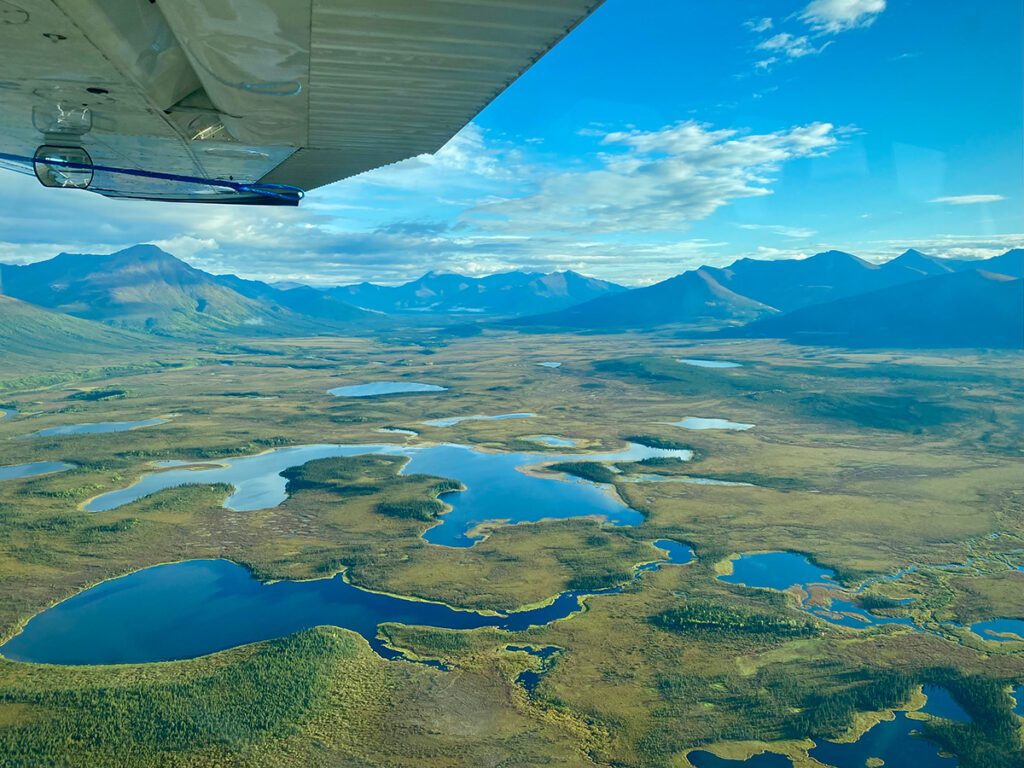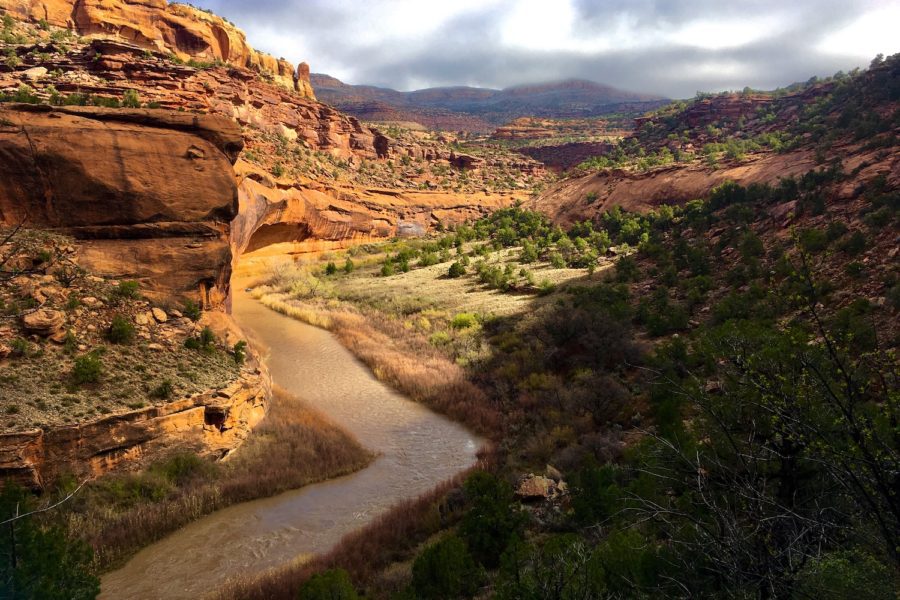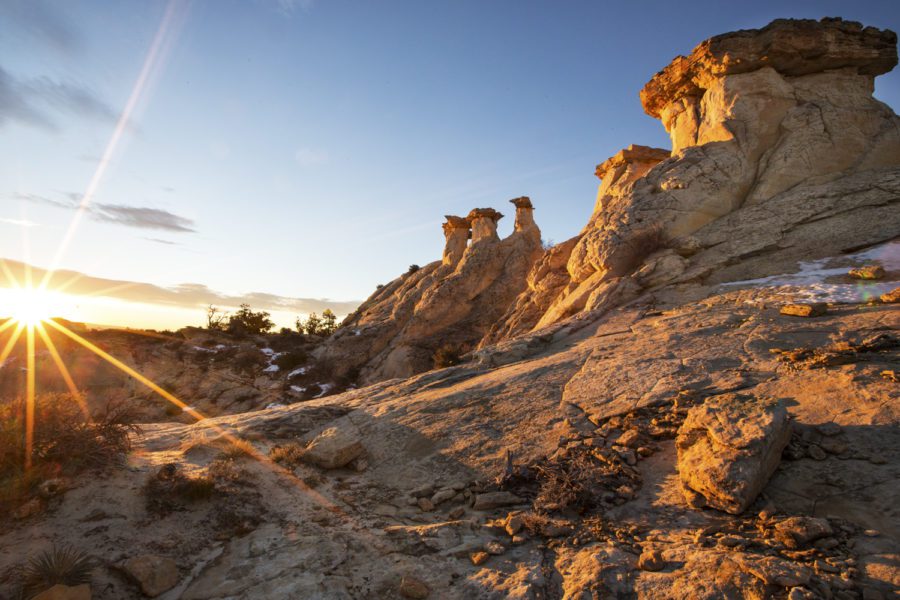The growing demand for minerals like copper, cobalt, and zinc is driving new interest in massive industrial development projects in Alaska that are incompatible with rural subsistence and sustainable recreation that supports local economies. The iconic Brooks Range—home to unique wildlife and unparalleled wilderness recreation opportunities—is threatened by a proposed 211-mile industrial corridor to an undeveloped mining district. The proposed Ambler Road would result in 3,000 culverts, cross 11 major rivers, and bisect critical caribou habitat in what is now the largest remaining wild and unbroken ecosystem in the US.
The Department of the Interior (DOI) is overseeing a supplemental environmental review to determine the full impacts of the Ambler Road and the proposed mines on all user groups. A decision is expected before the end of 2024. A positive decision would set the stage for the DOI to revoke a BLM-issued right-of-way and maintain the wild character of 13 million acres of pristine public lands and watersheds. The Theodore Roosevelt Conservation Partnership is leading an effort to galvanize the national hunting and fishing community around this issue. This national advocacy campaign will include raising awareness of the Brooks Range and its assets, educating stakeholders on the threats of the proposed Ambler Road to critical fish and wildlife habitat and local communities, and activating hunters and anglers to engage during key BLM public comment periods.




